What is hemochromatosis?
Hemochromatosis is the most common form of iron overload disease. Primary hemochromatosis, also called hereditary hemochromatosis, is an inherited disease. Secondary hemochromatosis is caused by anemia, alcoholism, and other disorders.
Juvenile hemochromatosis and neonatal hemochromatosis are two additional forms of the disease. Juvenile hemochromatosis leads to severe iron overload and liver and heart disease in adolescents and young adults between the ages of 15 and 30. The neonatal form causes rapid iron buildup in a baby’s liver that can lead to death.
 Excess iron is stored in body tissues, specifically the liver, heart, and pancreas.
Excess iron is stored in body tissues, specifically the liver, heart, and pancreas.
Hemochromatosis causes the body to absorb and store too much iron. The extra iron builds up in the body’s organs and damages them. Without treatment, the disease can cause the liver, heart, and pancreas to fail.
Iron is an essential nutrient found in many foods. The greatest amount is found in red meat and iron-fortified breads and cereals. In the body, iron becomes part of hemoglobin, a molecule in the blood that transports oxygen from the lungs to all body tissues.
Healthy people usually absorb about 10 percent of the iron contained in the food they eat, which meets normal dietary requirements. People with hemochromatosis absorb up to 30 percent of iron. Over time, they absorb and retain between five to 20 times more iron than the body needs.
Because the body has no natural way to rid itself of the excess iron, it is stored in body tissues, specifically the liver, heart, and pancreas.
What causes hemochromatosis?
Hereditary hemochromatosis is mainly caused by a defect in a gene called
HFE, which helps regulate the amount of iron absorbed from food. The two known mutations of
HFE are
C282Y and
H63D.
C282Y is the most important. In people who inherit
C282Y from both parents, the body absorbs too much iron and hemochromatosis can result. Those who inherit the defective gene from only one parent are carriers for the disease but usually do not develop it; however, they still may have higher than average iron absorption. Neither juvenile hemochromatosis nor neonatal hemochromatosis are caused by an
HFE defect. Juvenile and neonatal hemochromatosis are caused by a mutation in a gene called
hemojuvelin.
What are the risk factors of hemochromatosis?
Hereditary hemochromatosis is one of the most common genetic disorders in the United States. It most often affects Caucasians of Northern European descent, although other ethnic groups are also affected. About five people out of 1,000—0.5 percent—of the U.S. Caucasian population carry two copies of the hemochromatosis gene and are susceptible to developing the disease. One out of every 8 to 12 people is a carrier of one abnormal gene. Hemochromatosis is less common in African Americans, Asian Americans, Hispanics/Latinos, and American Indians.
Although both men and women can inherit the gene defect, men are more likely than women to be diagnosed with hereditary hemochromatosis at a younger age. On average, men develop symptoms and are diagnosed between 30 to 50 years of age. For women, the average age of diagnosis is about 50.
What are the symptoms of hemochromatosis?
Joint pain is the most common complaint of people with hemochromatosis. Other common symptoms include fatigue, lack of energy, abdominal pain, loss of sex drive, and heart problems. However, many people have no symptoms when they are diagnosed.
If the disease is not detected and treated early, iron may accumulate in body tissues and eventually lead to serious problems such as
- arthritis
- liver disease, including an enlarged liver, cirrhosis, cancer, and liver failure
- damage to the pancreas, possibly causing diabetes
- heart abnormalities, such as irregular heart rhythms or congestive heart failure
- impotence
- early menopause
- abnormal pigmentation of the skin, making it look gray or bronze
- thyroid deficiency
- damage to the adrenal glands
How is hemochromatosis diagnosed?
A thorough medical history, physical examination, and routine blood tests help rule out other conditions that could be causing the symptoms. This information often provides helpful clues, such as a family history of arthritis or unexplained liver disease.
- Blood tests can determine whether the amount of iron stored in the body is too high. The transferrin saturation test reveals how much iron is bound to the protein that carries iron in the blood. Transferrin saturation values higher than 45 percent are considered too high.
- The total iron binding capacity test measures how well your blood can transport iron, and the serum ferritin test shows the level of iron in the liver. If either of these tests shows higher than normal levels of iron in the body, doctors can order a special blood test to detect the HFE mutation, which will confirm the diagnosis. If the mutation is not present, hereditary hemochromatosis is not the reason for the iron buildup and the doctor will look for other causes.
- A liver biopsy may be needed, in which case a tiny piece of liver tissue is removed and examined with a microscope. The biopsy will show how much iron has accumulated in the liver and whether the liver is damaged.
Hemochromatosis is considered rare and doctors may not think to test for it. Thus, the disease is often not diagnosed or treated. The initial symptoms can be diverse, vague, and mimic the symptoms of many other diseases. The doctors also may focus on the conditions caused by hemochromatosis—arthritis, liver disease, heart disease, or diabetes—rather than on the underlying iron overload. However, if the iron overload caused by hemochromatosis is diagnosed and treated before organ damage has occurred, a person can live a normal, healthy life.
Hemochromatosis is usually treated by a specialist in liver disorders called a hepatologist, a specialist in digestive disorders called a gastroenterologist, or a specialist in blood disorders called a hematologist. Because of the other problems associated with hemochromatosis, other specialists may be involved in treatment, such as an endocrinologist, cardiologist, or rheumatologist. Internists or family practitioners can also treat the disease.
How is hemochromatosis treated?
Treatment is simple, inexpensive, and safe. The first step is to rid the body of excess iron. This process is called phlebotomy, which means removing blood the same way it is drawn from donors at blood banks. Based on the severity of the iron overload, a pint of blood will be taken once or twice a week for several months to a year, and occasionally longer. Blood ferritin levels will be tested periodically to monitor iron levels. The goal is to bring blood ferritin levels to the low end of normal and keep them there. Depending on the lab, that means 25 to 50 micrograms of ferritin per liter of serum.
Once iron levels return to normal, maintenance therapy begins, which involves giving a pint of blood every 2 to 4 months for life. Some people may need phlebotomies more often. An annual blood ferritin test will help determine how often blood should be removed. Regular follow-up with a specialist is also necessary.
If treatment begins before organs are damaged, associated conditions—such as liver disease, heart disease, arthritis, and diabetes—can be prevented. The outlook for people who already have these conditions at diagnosis depends on the degree of organ damage. For example, treating hemochromatosis can stop the progression of liver disease in its early stages, which leads to a normal life expectancy. However, if cirrhosis, or scarring of the liver, has developed, the person’s risk of developing liver cancer increases, even if iron stores are reduced to normal levels.
People with complications of hemochromatosis may want to receive treatment from a specialized hemochromatosis center. These centers are located throughout the country.
People with hemochromatosis should not take iron or vitamin C supplements. And those who have liver damage should not consume alcoholic beverages or raw seafood because they may further damage the liver.
Treatment cannot cure the conditions associated with established hemochromatosis, but it will help most of them improve. The main exception is arthritis, which does not improve even after excess iron is removed.
How is hemochromatosis tested?
Screening for hemochromatosis—testing people who have no symptoms—is not a routine part of medical care or checkups. However, researchers and public health officials do have some suggestions.
- Siblings of people who have hemochromatosis should have their blood tested to see if they have the disease or are carriers.
- Parents, children, and other close relatives of people who have the disease should consider being tested.
- Doctors should consider testing people who have joint disease, severe and continuing fatigue, heart disease, elevated liver enzymes, impotence, and diabetes because these conditions may result from hemochromatosis.
Since the genetic defect is common and early detection and treatment are so effective, some researchers and education and advocacy groups have suggested that widespread screening for hemochromatosis would be cost-effective and should be conducted. However, a simple, inexpensive, and accurate test for routine screening does not yet exist and the available options have limitations. For example, the genetic test provides a definitive diagnosis, but it is expensive. The blood test for transferrin saturation is widely available and relatively inexpensive, but it may have to be done twice with careful handling to confirm a diagnosis and show that the result is the consequence of iron overload.
Hope through Research
Scientists hope further study of the
HFE gene will reveal how the body normally metabolizes iron. They also want to learn how iron injures cells and contributes to organ damage in other diseases, such as alcoholic liver disease, hepatitis C, porphyria cutanea tarda, heart disease, reproductive disorders, cancer, autoimmune hepatitis, diabetes, and joint disease.
Scientists are working to find out why only some patients with
HFE mutations develop the disease. In addition, hemochromatosis research includes the following areas:
Genetics. Researchers are examining how the
HFE gene normally regulates iron levels and why not everyone with an abnormal pair of genes develops the disease.
Pathogenesis. Scientists are studying how iron injures body cells. Iron is an essential nutrient, but above a certain level it can damage or even kill cells.
Epidemiology. Research is underway to explain why the amounts of iron people normally store in their bodies differ. Research is also being conducted to determine how many people with the defective
HFE gene go on to develop symptoms and why some people develop symptoms and others do not.
Screening and testing. Scientists are working to determine at what age testing is most effective, which groups should be tested, and which are the best tests for widespread screening.
 1. AIDS; 25 million from 1981 to present
1. AIDS; 25 million from 1981 to present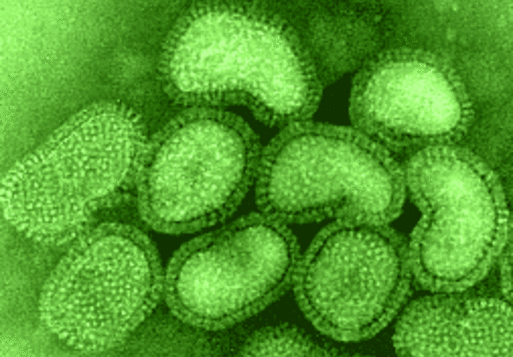 2. Influenza; 36,000 deaths annually
2. Influenza; 36,000 deaths annually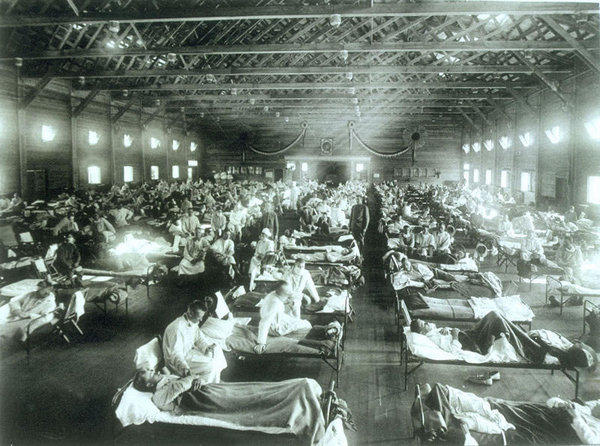 3. Spanish Flu, 1918-19; 100 million deaths
3. Spanish Flu, 1918-19; 100 million deaths 4. Bubonic Plague; 250 million deaths
4. Bubonic Plague; 250 million deaths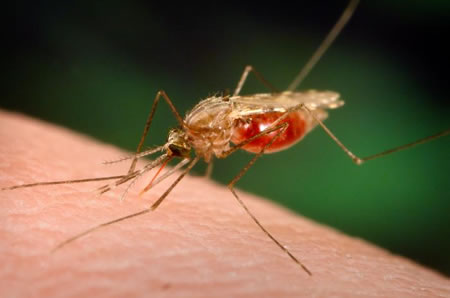 5. Malaria; 2.7 million deaths annually
5. Malaria; 2.7 million deaths annually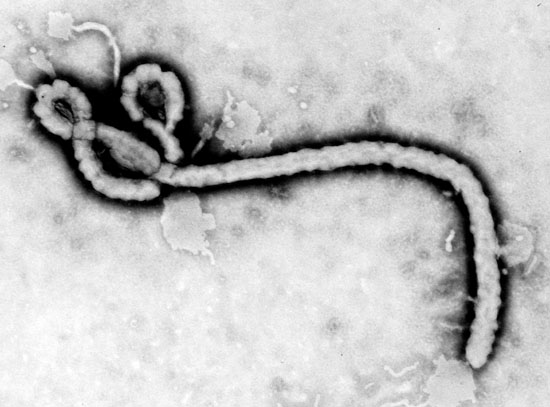 6. Ebola; 160,000 deaths from 2000 to present
6. Ebola; 160,000 deaths from 2000 to present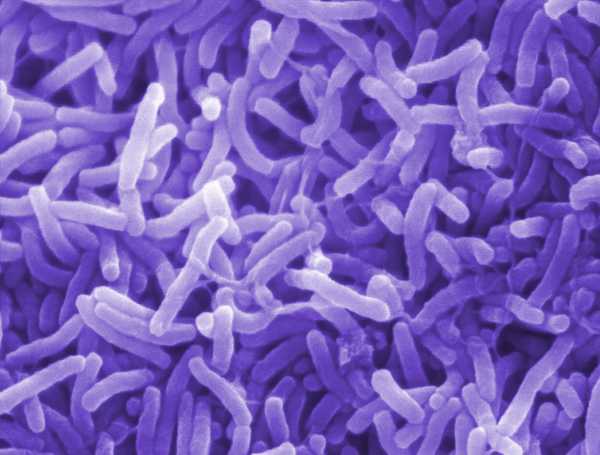 7. Cholera; 12,000 deaths from 1991 to present
7. Cholera; 12,000 deaths from 1991 to present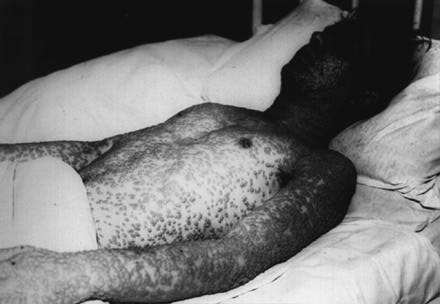 8. Smallpox; Population drop from 12 million to 235,000
8. Smallpox; Population drop from 12 million to 235,000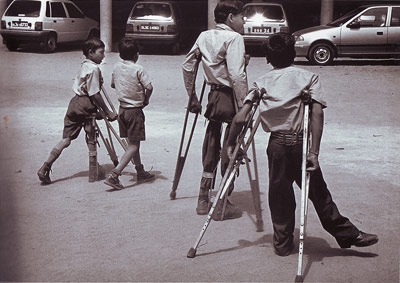 9. Polio, 10,000 deaths from 1916 to present
9. Polio, 10,000 deaths from 1916 to present 10. Black Death; 75 million deaths
10. Black Death; 75 million deaths 1. AIDS; 25 million from 1981 to present
1. AIDS; 25 million from 1981 to present 2. Influenza; 36,000 deaths annually
2. Influenza; 36,000 deaths annually 3. Spanish Flu, 1918-19; 100 million deaths
3. Spanish Flu, 1918-19; 100 million deaths 4. Bubonic Plague; 250 million deaths
4. Bubonic Plague; 250 million deaths 5. Malaria; 2.7 million deaths annually
5. Malaria; 2.7 million deaths annually 6. Ebola; 160,000 deaths from 2000 to present
6. Ebola; 160,000 deaths from 2000 to present 7. Cholera; 12,000 deaths from 1991 to present
7. Cholera; 12,000 deaths from 1991 to present 8. Smallpox; Population drop from 12 million to 235,000
8. Smallpox; Population drop from 12 million to 235,000 9. Polio, 10,000 deaths from 1916 to present
9. Polio, 10,000 deaths from 1916 to present 10. Black Death; 75 million deaths
10. Black Death; 75 million deaths














 :
:
